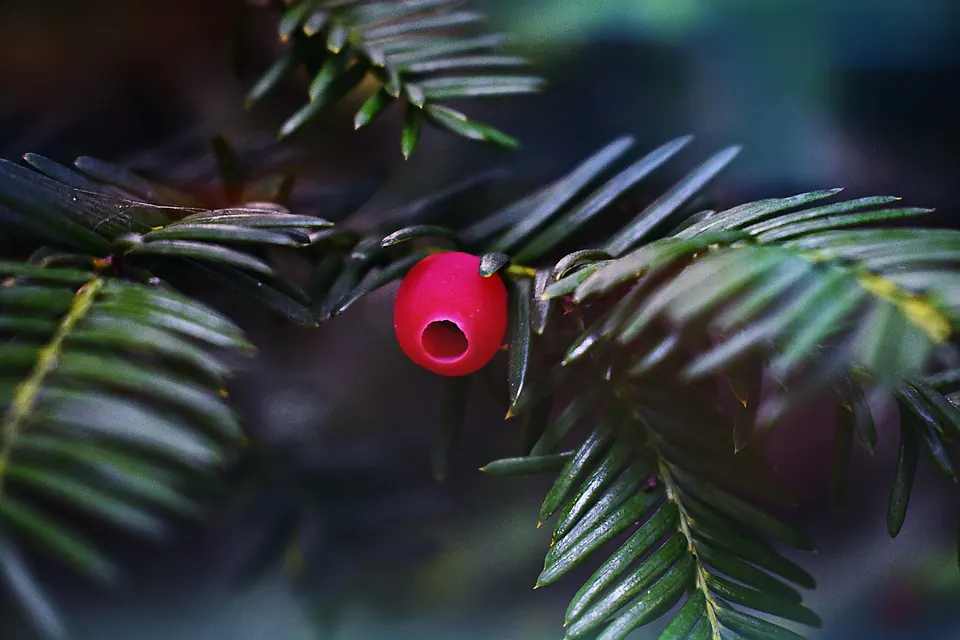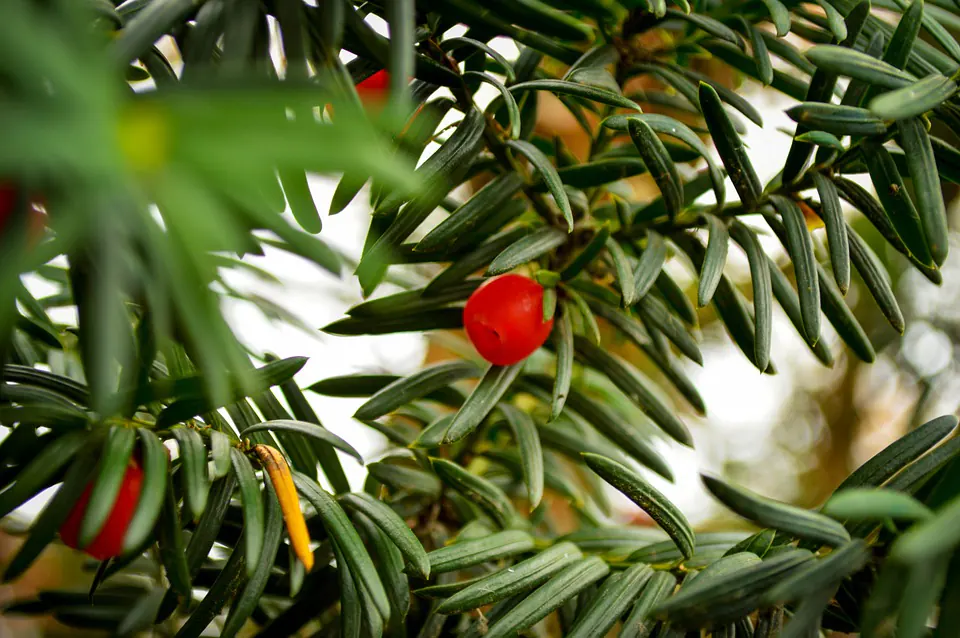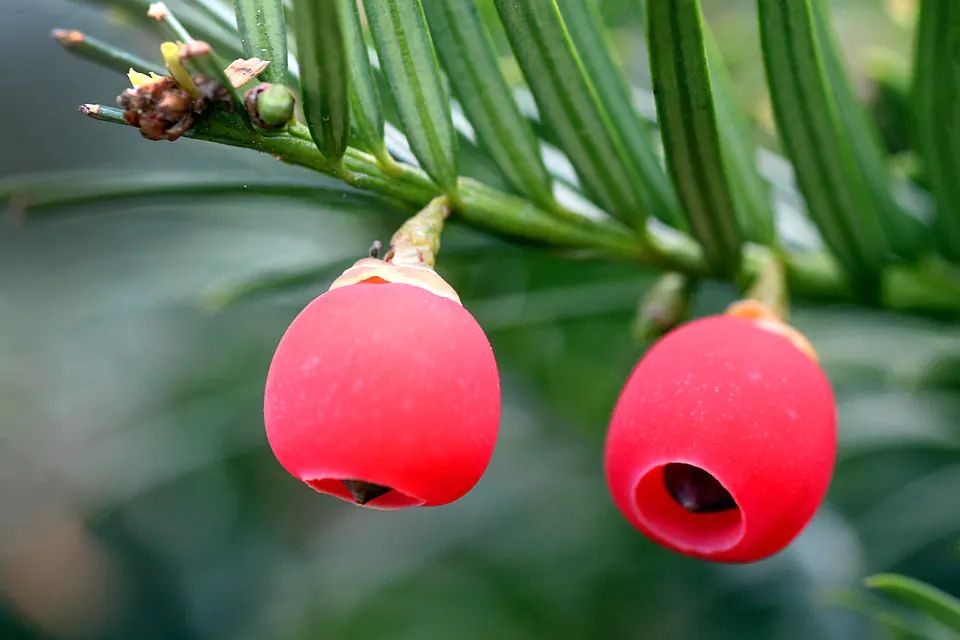How to save your Japanese Yew Bonsai from Dying
While the Japanese yew bonsai is a hardy evergreen tree, it’s not immortal. Bonsai, like all trees, generally don’t begin to die because of age. We’ll look at the most common causes of death for your bonsai and how to save your Japanese yew from them. There are many simple steps you can take to keep your tree healthy and grow all year round.
Common Causes of Bonsai Death
There are four main reasons your bonsai tree may be dying. The Japanese yew is sensitive to the amount of sunlight it receives and needs special attention in the various seasons of the year. Additionally, overwatering and a lack of water can quickly cause issues with your tree’s roots and overall nourishment.
Overwatering
Using the right bonsai soil mix can negate some overwatering, as the Japanese yew requires a standard mix. Using soil that retains more water is safe in hotter climates, but this soil can lead to root damage in cooler climates. Overwatering causes root rot and can lead to fungal issues as well.
Poor Placement
The Japanese yew is sensitive to how much sunlight it receives each day. While the tree will survive in the shade, it thrives when given multiple hours of sun per day. However, on hot summer afternoons, exposure to sunlight is dangerous. The hot sun will damage foliage and quickly dry out your bonsai’s soil.
Lack of Watering
A lack of watering your bonsai can be as dangerous for the tree as overwatering. Without enough hydration, the plant becomes starved for nutrients. You’ll often notice this when leaves begin to fall off or wither. This effect is often accompanied by completely dry soil.
Bonsai soil often doesn’t hold water well, and for most trees such as the Japanese yew, holding water too long damages its roots. Managing the water given to your bonsai is essential and will take trial and error if you’re new to caring for a bonsai tree.
Beginner Mistakes
You can make many beginner errors if it’s your first time caring for a bonsai. Most of these are easily avoidable if you read the bonsai’s care sheet and know how much to water it, when to prune and repot, how to cultivate a new propagation, and what soil to use.
Fortunately, you can quickly fix any mistakes made as a beginner by changing to the correct care methods.
How to Save Your Japanese Yew Bonsai
There’s no quick way to recover a dying bonsai tree. You’ll need to watch and adjust your care as needed carefully. Here are the most important aspects to remember when rescuing a bonsai tree from death.
Caring for the Roots
The bonsai can quickly recover from overwatering if it hasn’t developed root rot. If the roots are rotting, you’ll need to repot the bonsai. While you change the soil and prepare the pot for the tree, ensure you untangle the roots and snip away at any showing rot or decay. This pruning will rid your tree of harmed roots, negating the rot from spreading further and killing your tree.
Pest Control
While pests are a more uncommon cause of death for a bonsai tree, they can pose a deadly threat. If your tree is under attack from pests, you’ll need to identify them and take the necessary measures.
Aphids are easy to rid from your tree, using a homemade insecticidal soap that’s made with three cups of water and a tablespoon of dish soap. Gently mist this onto your tree and wait several minutes before clearing the dead aphids away.
Mealybugs are a pain for any Japanese yew bonsai grower. The best solution for mealybugs is a systematic spray that you can find in your supply store. These sprays will target the food eaten by these pests, effectively killing them and saving your tree.
Preventing Your Bonsai from Dying
With careful care, you’ll easily identify when your tree becomes unhealthy and can prevent any damage before it starts. Here are three ways to prevent your Japanese yew from harm.
Always Check Soil Dampness
Before watering, touch your finger to the soil. After placing your finger half an inch into the soil, you’ll quickly tell if the bonsai is ready to get water. If any of the mixtures you touch is still damp, don’t water the Japanese yew tree yet, as this may damage the roots. If the soil is dry, the plant is ready to receive water without risk of harm.
Don’t Over-Prune
Over pruning is a common beginner’s mistake. A Japanese yew only needs to be pruned in summer. When pruning, ensure you identify the live veins before pruning the area. Prune to allow sunlight to penetrate all layers of your tree’s foliage.
Watch for Pests and Diseases
Watch your bonsai closely for any signs of diseases or pests. The foliage of your Japanese yew may begin wilting or show spots indicating something is wrong. Root rot and various pests often occur after overwatering.
Alive and Healthy
Saving your bonsai from the brink of death isn’t always an easy task. However, if you carefully care for the tree and take the necessary measures, you’ll eventually have a healthy Japanese yew again. Ensure you keep an eye out for any possible diseases, pests, or issues occurring to prevent them from damaging your tree.







